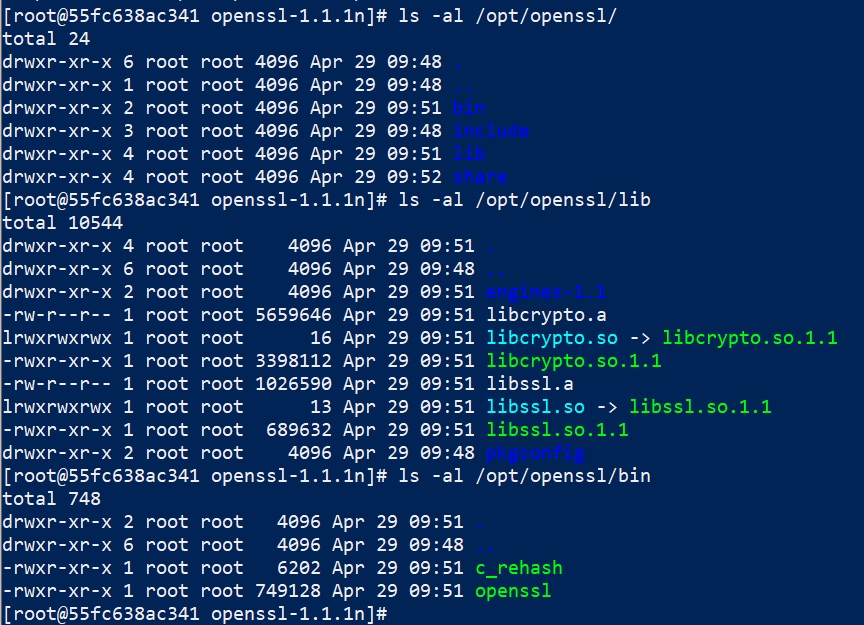The cd command in Linux stands for “change directory”. It is used to navigate between directories in the filesystem. By specifying a directory path as an argument, you can move into that directory. If no argument is provided, cd takes you to your home directory. The command is essential for navigating the filesystem, whether you’re working in the terminal or writing scripts.
- Navigate to a Directory
- Go to Home Directory
- Move Up One Directory
- Move Up Multiple Directories
- Return to Previous Directory
- Navigate to Root Directory
- Use Environment Variables
- Handle Spaces in Directory Names
- Use Wildcards
- Resolve Symlinks Physically
- Combine with Command Substitution
- Navigate to Directories with Special Characters
- Use Absolute vs. Relative Paths
- Script-Friendly Directory Changes
- Handle Directories Starting with -
- Bonus: Shortcut Aliases
- Key Notes
It supports absolute paths (starting from the root /), relative paths (starting from the current directory), and special shortcuts like ~ for the home directory and .. to move up one level. With cd, you can efficiently move around the filesystem and access the files and directories you need.
Navigate to a Directory
cd /path/to/directoryExample:
cd /var/www/html # Move to the web root directoryGo to Home Directory
cd ~ # Using tilde
cd # Without arguments (also goes to home)Move Up One Directory
cd ..Example:
From /home/user/docs, moves to /home/user.
Move Up Multiple Directories
cd ../../ # Go up two levelsExample:
From /home/user/docs/project, moves to /home/user.
Return to Previous Directory
cd -Switches between the current and previous directory.
Example:
From /etc, run cd /var/log, then cd - returns to /etc.
Navigate to Root Directory
cd /Takes you to the root of the filesystem.
Use Environment Variables
cd $HOME # Same as cd ~
cd $OLDPWD # Go back to the last directory (like cd -)Handle Spaces in Directory Names
cd "My Documents" # With quotes
cd My\ Documents # With backslashEscapes spaces to navigate into folders like My Documents.
Use Wildcards
cd Dir* # Navigate to the first directory matching "Dir*"Example:
If Dir1 and Dir2 exist, cd Dir* moves to Dir1.
Resolve Symlinks Physically
cd -P symlink_dirForces cd to resolve the physical path (ignores symbolic links).
Combine with Command Substitution
cd $(dirname $(which nginx)) # Go to the directory of the nginx binaryChanges to the directory where a command (e.g., nginx) is located.
Navigate to Directories with Special Characters
cd "dir#name" # Quotes handle special characters
cd dir\#name # Backslash escapes the special characterUse Absolute vs. Relative Paths
cd /etc/nginx # Absolute path
cd ../../usr/local/bin # Relative pathScript-Friendly Directory Changes
cd /target/dir && ./run_script.sh # Navigate and run a scriptChanges directory only if the command succeeds.
Handle Directories Starting with -
cd -- -dirname # Use "--" to stop option parsingExample:
Navigate to a directory named -test:
cd -- -testBonus: Shortcut Aliases
Add aliases to your ~/.bashrc for frequent directories:
alias cddot='cd ~/projects/dotfiles' # Quick access to dotfiles
alias cdlog='cd /var/log' # Jump to logsThen run cddot or cdlog to navigate instantly.
Key Notes
- Use
Tabto auto-complete directory names. cd .stays in the current directory (rarely useful, but valid).- Combine
cdwithlsto explore directories:
cd /var/log && ls -l









